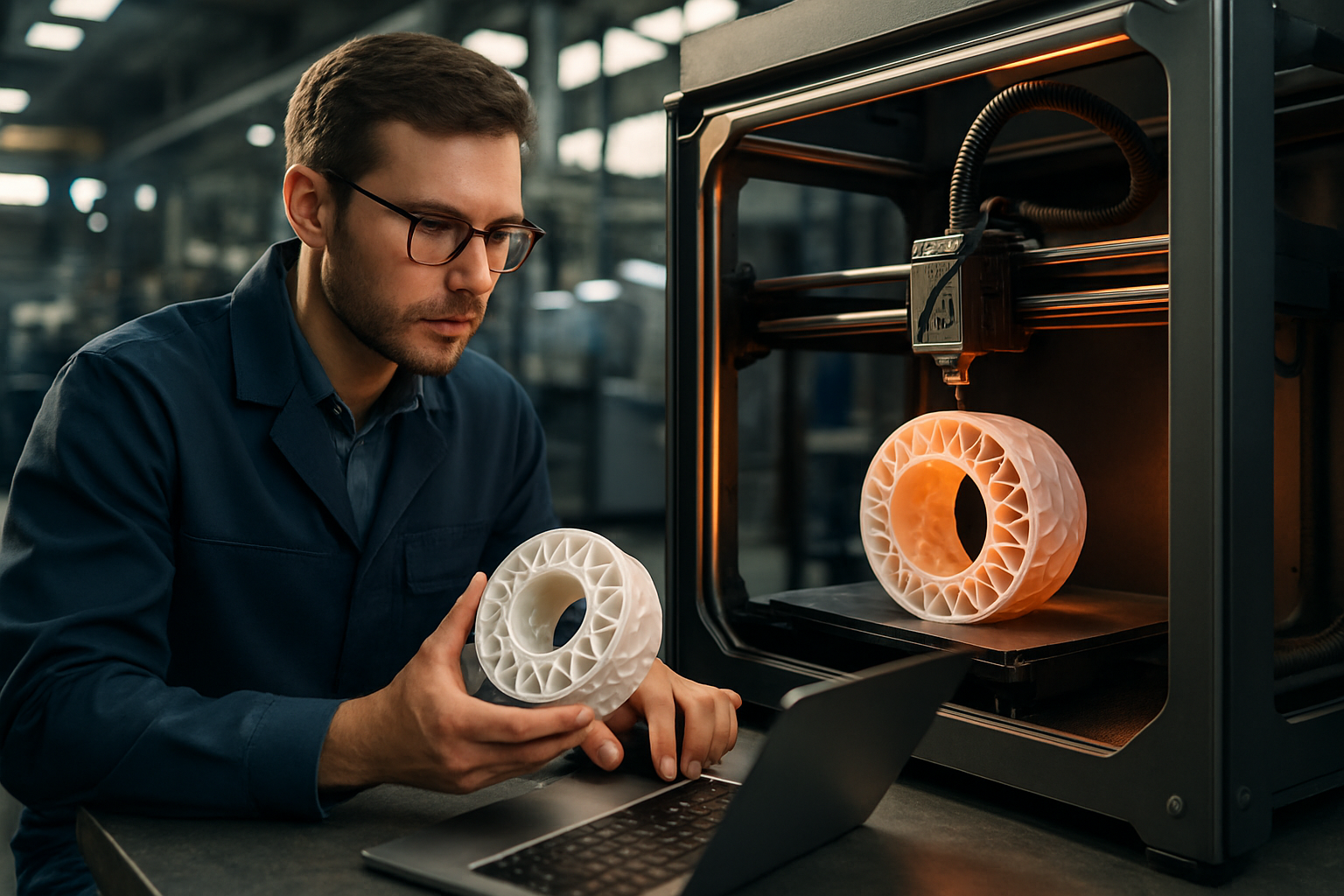Reimagining Industrial Operations: The Role of Additive Manufacturing
Introduction: The industrial landscape is constantly evolving, with additive manufacturing (AM) becoming a game changer. By transforming the production process, AM offers unique opportunities for businesses, paving the way for innovative approaches to industrial operations.

Understanding Additive Manufacturing
Additive manufacturing, often referred to as 3D printing, involves creating objects by adding material layer by layer from a digital 3D model. This technology has been around for decades but has recently gained significant traction due to advancements in materials and machinery, making it a viable option for industrial uses. In contrast to traditional manufacturing methods, which often involve subtracting material through cutting or drilling, AM adds material, hence the name.
Current Trends in Additive Manufacturing
Today, businesses across various industries are leveraging AM to enhance their operations. From aerospace and automotive to healthcare and consumer goods, companies are exploring the potential of AM to create complex geometries, customize products, and even reduce waste. The global additive manufacturing market is expected to reach $35.38 billion by 2027, exhibiting a Compound Annual Growth Rate (CAGR) of 14.4% from 2020 onward.
The Impact of Additive Manufacturing
AM has the potential to revolutionize industrial operations by allowing production closer to the point of use, reducing inventory and transportation costs and enabling mass customization. However, it also presents challenges such as the need for new skills, regulatory uncertainties, and potential intellectual property issues. Despite these hurdles, the benefits offered by AM often outweigh its challenges.
Practical Insights
-
Businesses should consider integrating AM into their operations, starting with small-scale pilot projects to understand its implications.
-
Continuous learning and upskilling are crucial as AM requires new skills and knowledge.
-
Collaboration with other industry players and regulatory bodies can help overcome regulatory and intellectual property challenges.
Final Thoughts
Additive manufacturing is more than just a new way to produce items. It offers a shift in how we think about industrial operations, from design to production and delivery. As businesses navigate this emerging landscape, they must be prepared to tackle the challenges that come with it. However, with the right approach and mindset, AM can unlock new opportunities for innovation, efficiency, and growth.





